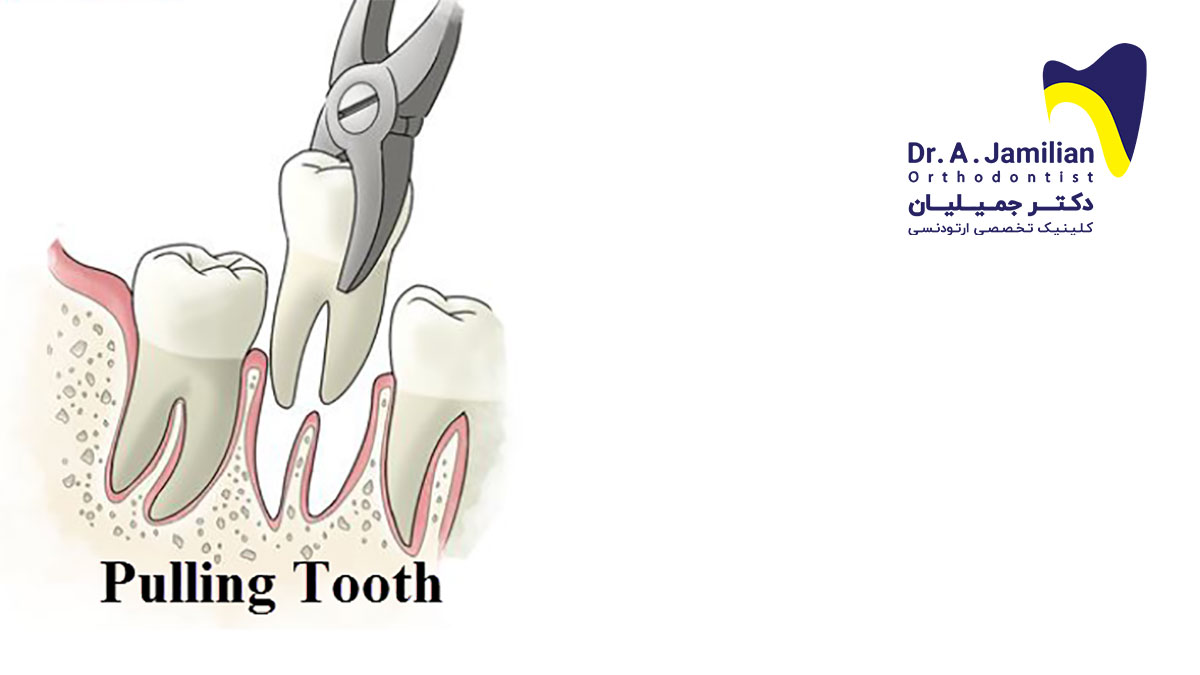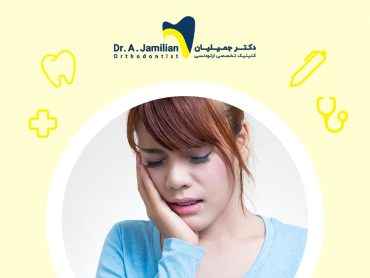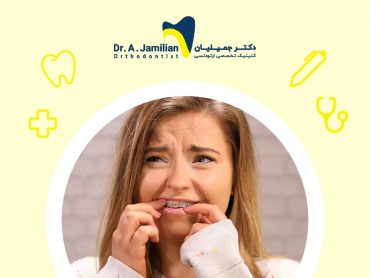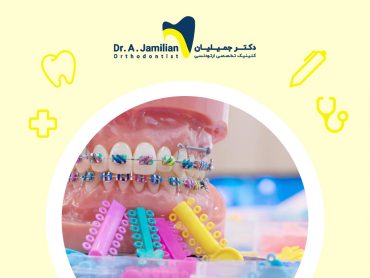Teeth extraction is not necessary in many cases, but sometimes some teeth should be extracted to create space in the jaw to reduce tooth protrusion or tooth crowding.
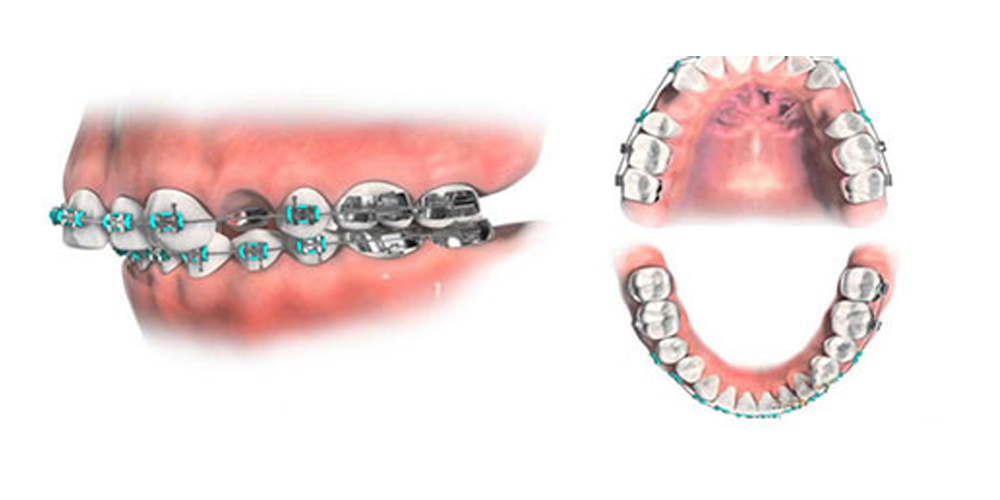
But if a permanent tooth must be really extracted, the orthodontic treatment should not be canceled for fear of this problem, because the resulting spaces will be completely closed with orthodontic movements and, normal facial growth and a proper facial coordination will be achieved.
Which teeth should be extracted first?
To open space between crowded teeth, decayed, abscessed, filled and even crowned teeth are the first candidates for extraction. Teeth at the end of the dental arch, i.e. teeth 4 or 5, are the next. As an important point, symmetry should be maintained, for example if a tooth is extracted from the right maxilla, a tooth should also be extracted from the left maxillary to maintain the symmetry. Ideally, a damaged tooth is extracted from each side of the jaw. This means that 4 teeth may be extracted for orthodontic treatment and the resulting space will be filled with no worry.
Reasons for tooth extraction in adulthood
- Severe dental injuries and trauma
- Root recession and irreversible tooth damage
- Crowded teeth, especially in people with small jaws and large teeth
Teeth extraction is not necessary in many cases, but sometimes some teeth should be extracted to create space in the jaw to reduce tooth protrusion or tooth crowding.
However, if a permanent tooth must be really extracted, the orthodontic treatment should not be canceled for fear of this problem, because the resulting spaces will be completely closed with orthodontic movements, and normal facial growth and proper facial coordination will be achieved.
In most cases where the patient has a small jaw and large teeth, the orthodontist recognizes that some teeth should be extracted to correct irregularity and crowding. After creating the standard space for the teeth, the orthodontist aligns the crowded teeth with orthodontic appliances.
Teeth extraction contraindications
Orthodontists strive to avoid extraction of the anterior teeth and to select the 4 and 5 rear teeth as much as possible. Healthy teeth are not extracted unless there is a broken tooth, and eventually the rear teeth are extracted if required.
People who inherit a small jaw and a large teeth from their parents would have crowded teeth, because large teeth cannot sit in a small jaw and do not have enough space to be arranged. Therefore, the teeth grow in any direction and hence are very crowded and irregular.
In addition to a non-standard appearance, compact and crowded teeth have a negative effect on the health of other teeth. The orthodontist has no choice but to extract teeth to maintain oral health in most cases, therefore, don’t worry and try to enjoy the end result.
Does tooth extraction have pain?
The orthodontist uses appropriate anesthesia prior to tooth extraction. In some cases, when an extensive depth is involved in the tooth extraction process, the orthodontist uses anesthesia or deep sleep so you will not feel any pain during tooth extraction. But what about after tooth extraction? The orthodontist will provide you with necessary painkillers and appropriate remedies to relieve the toothache if you feel pain.
At the Specialty Orthodontics Clinic of Dr. Abdolreza Jamilian, efforts are made to keep the teeth from being extracted and tooth extraction will be the last treatment even when the patient refers to the clinic with crowded dental malformations. But in some cases, the tooth should be extracted which will definitely benefits the patient.
